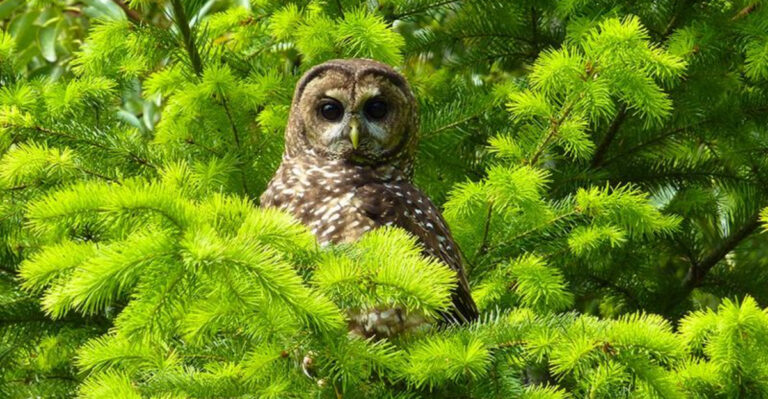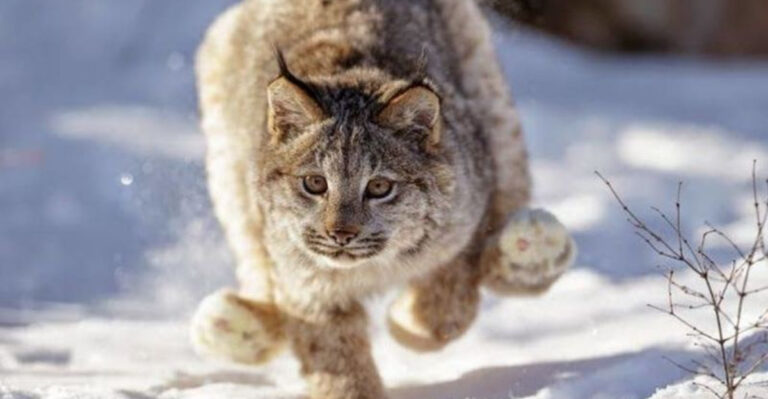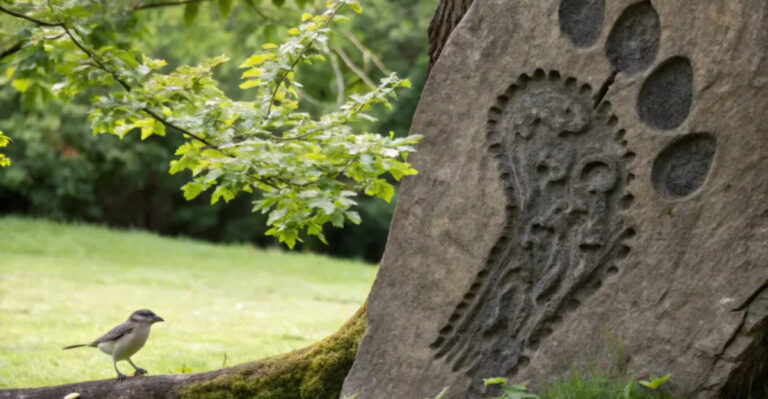Why South America’s Forests Still Haven’t Recovered From Losing Mastodons
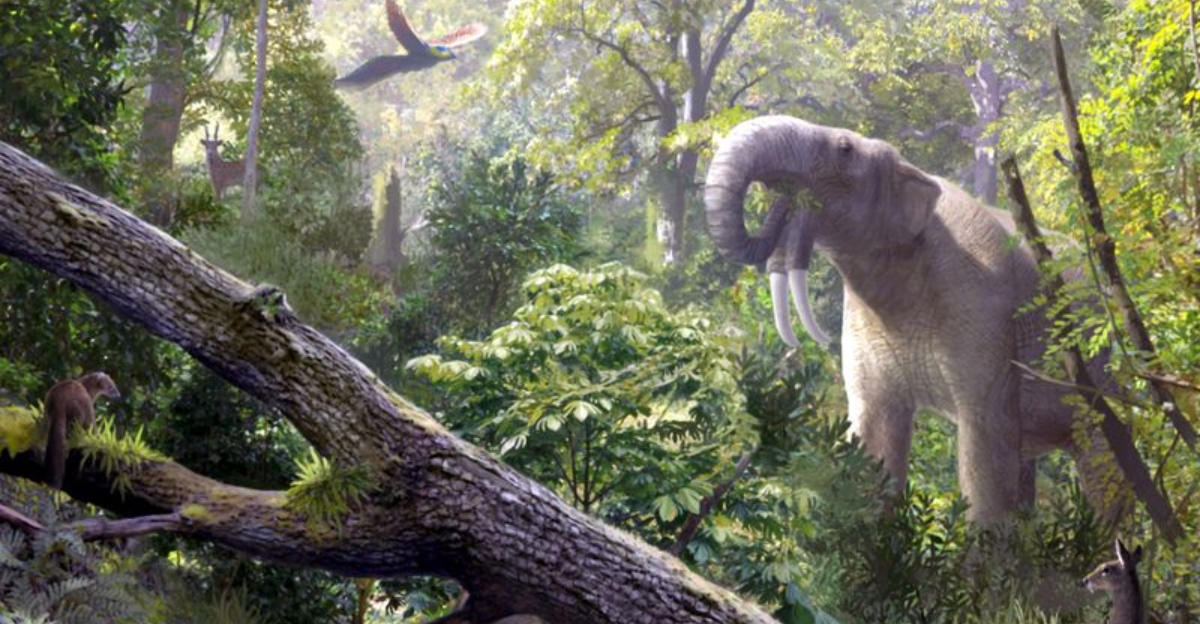
Mastodons, those giant elephant-like creatures, vanished from South America thousands of years ago. Their disappearance wasn’t just the loss of a cool animal – it completely changed how forests grow and function.
These gentle giants were actually master gardeners who shaped the landscape in ways that modern animals simply can’t replace.
1. They Were Giant Gardeners Of The Past
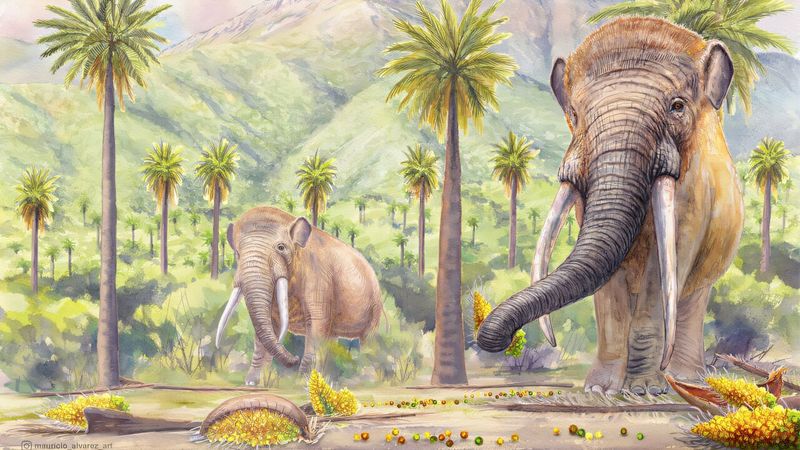
Mastodons acted like living bulldozers in South America’s ancient forests. Their massive bodies created pathways through dense vegetation, allowing sunlight to reach the forest floor.
This natural disturbance was actually healthy for the ecosystem. Young trees and plants that needed light could flourish in these openings, creating a patchwork of different growth stages throughout the forest.
2. Seed Dispersers On A Massive Scale
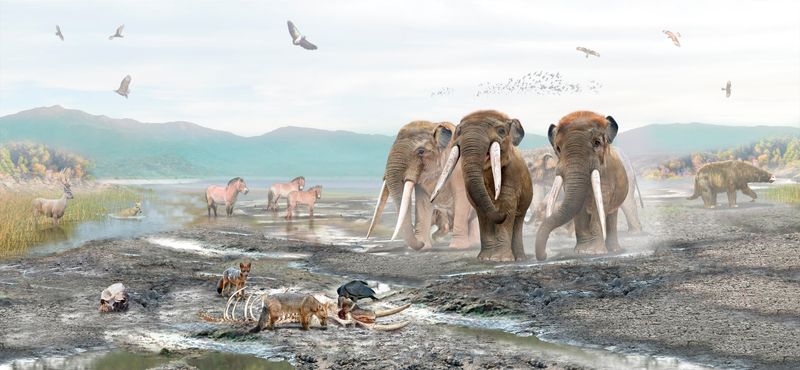
Imagine eating hundreds of pounds of fruit daily and traveling miles between meals! Mastodons consumed enormous quantities of fruits, nuts, and plant material during their daily wanderings.
As they digested, seeds passed through their systems intact. When deposited with ready-made fertilizer, these seeds had premium growing conditions. A single mastodon could spread thousands of seeds across miles of territory every day.
3. Their Extinction Ended Long-Distance Seed Travel
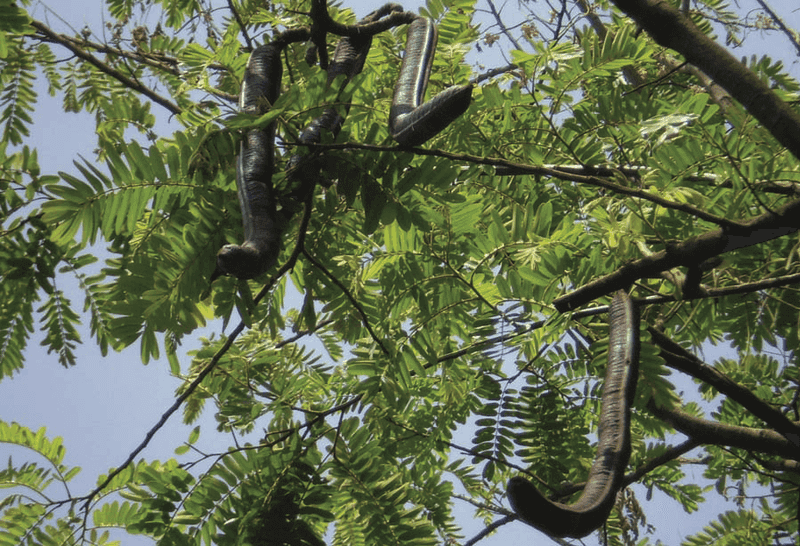
When mastodons disappeared, many plant species lost their transportation system. Seeds that once traveled dozens of miles in mastodon bellies now fall directly beneath parent trees.
This limitation creates isolated plant communities. Trees that depended on mastodons for dispersal now struggle to colonize new areas or escape local threats. The result is genetically isolated plant populations with limited ability to adapt to changing conditions.
4. Some Trees Still Bear Signs Of Past Partnerships
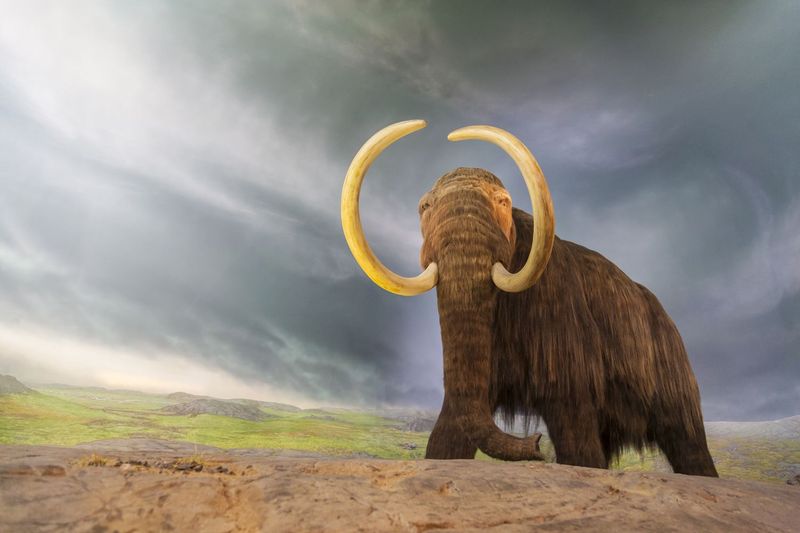
Ever wonder why avocados have such massive seeds? Many South American fruits evolved specifically for mastodon consumption. These “anachronistic fruits” offer clues about ancient relationships.
Large, tough-skinned fruits with oversized seeds made perfect mastodon snacks. The animals got nutrition while plants got transportation. Today, these fruits sit awkwardly in modern ecosystems – evolutionary relics waiting for dispersers that will never return.
5. Forests Became Denser And Less Dynamic
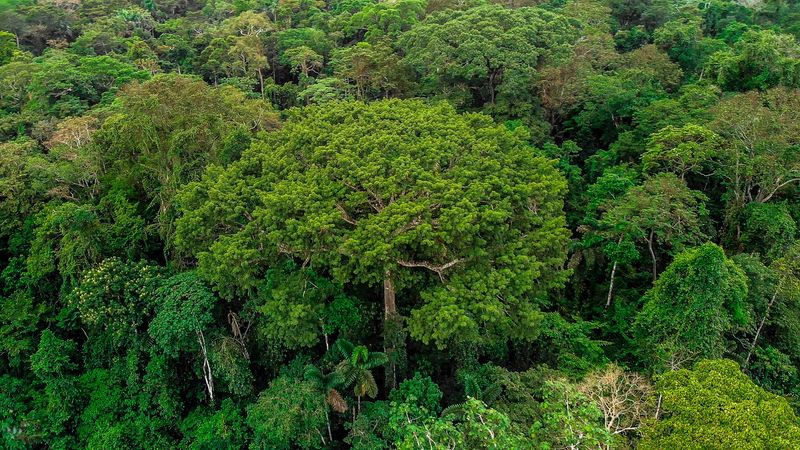
Without mastodon disturbance, South American forests grew increasingly crowded. The understory thickened as nothing kept smaller plants in check.
This density created darker conditions below the canopy. Pioneer species that need bright light to germinate lost their habitat. The result is less diverse plant communities with fewer age classes represented, creating forests that change and evolve more slowly.
6. Carbon Storage Was Altered
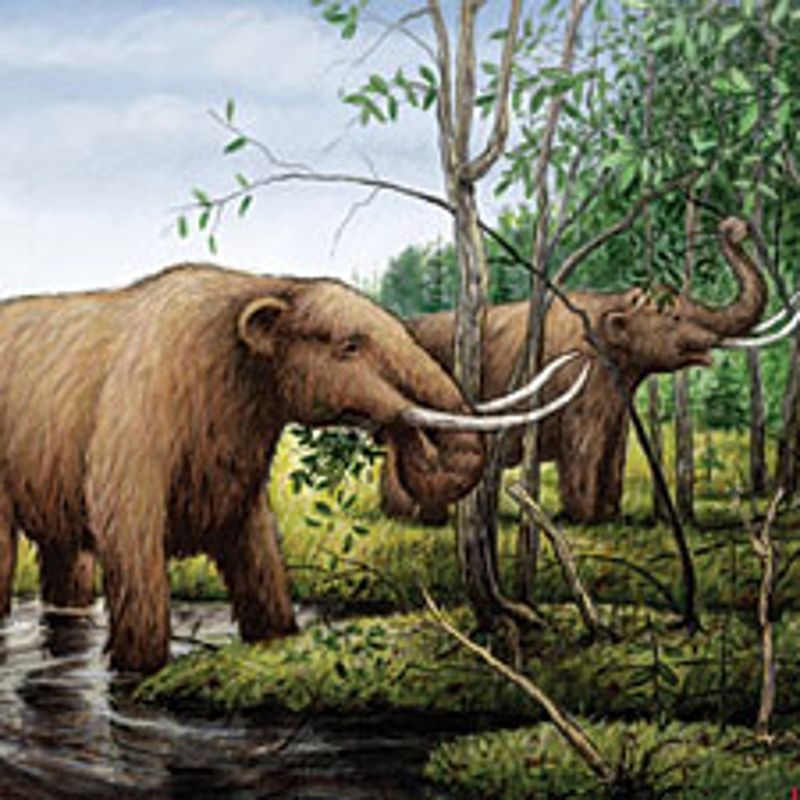
Mastodons influenced how forests capture and store carbon. Their browsing habits promoted fast-growing species that rapidly sequester carbon during regrowth phases.
Modern forests may appear carbon-rich due to their density, but they’re less resilient. Without the mosaic of growth stages mastodons created, these forests face greater vulnerability to climate shifts and disturbances. The carbon cycle now operates on different timescales.
7. Ecological Niches Remain Unfilled
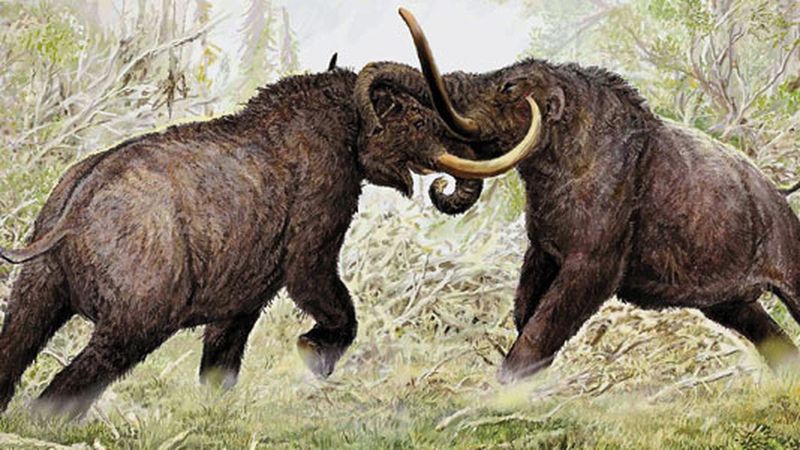
Nature abhors a vacuum, but some gaps can’t be easily filled. Modern animals like tapirs simply lack the size and impact to replace mastodon ecological functions.
A six-ton mastodon consumed vastly more vegetation and traveled further than any surviving herbivore. The ecological roles these giants performed – from soil compaction to vegetation management – remain partially vacant, like missing puzzle pieces in the ecosystem.
8. Less Genetic Diversity In Some Trees
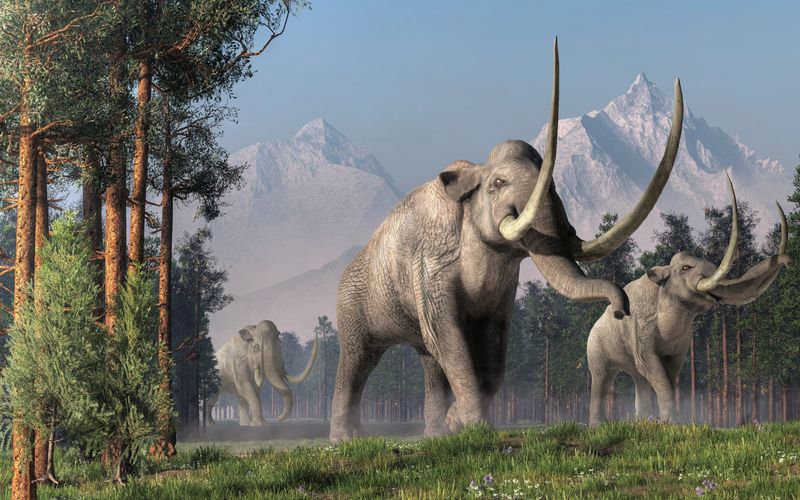
Plant populations need genetic mixing to stay healthy and adaptable. Mastodons facilitated this by carrying seeds between distant tree communities.
Without this long-distance dispersal, many tree species now reproduce primarily with nearby relatives. This genetic isolation leads to less diverse gene pools. Scientists have documented reduced genetic variation in several tree species that once depended on megafauna dispersal.
9. Soil Fertility Was Affected
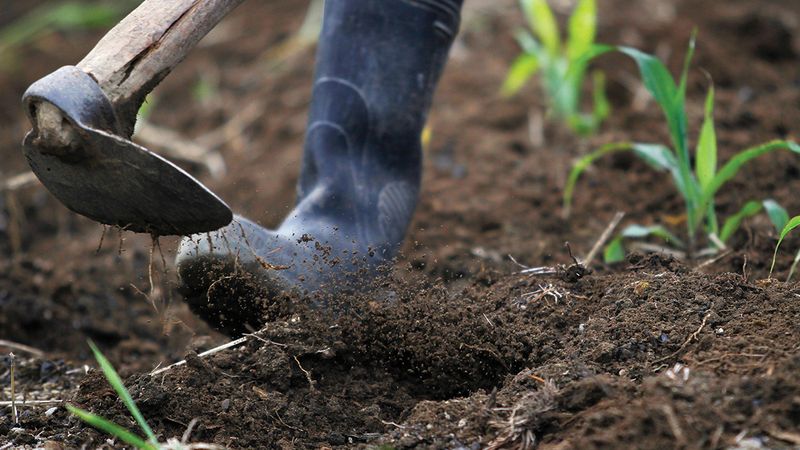
Mastodons were walking fertilizer factories! Their massive dung piles created nutrient hotspots throughout the landscape, enriching soil in random patterns.
These nutrient deposits supported diverse microorganisms and plant communities. Today’s forests lack this random nutrient distribution system. The result is more uniform soil conditions with fewer nutrient-rich patches that would otherwise support specialized plant communities.
10. Fire Patterns Likely Shifted
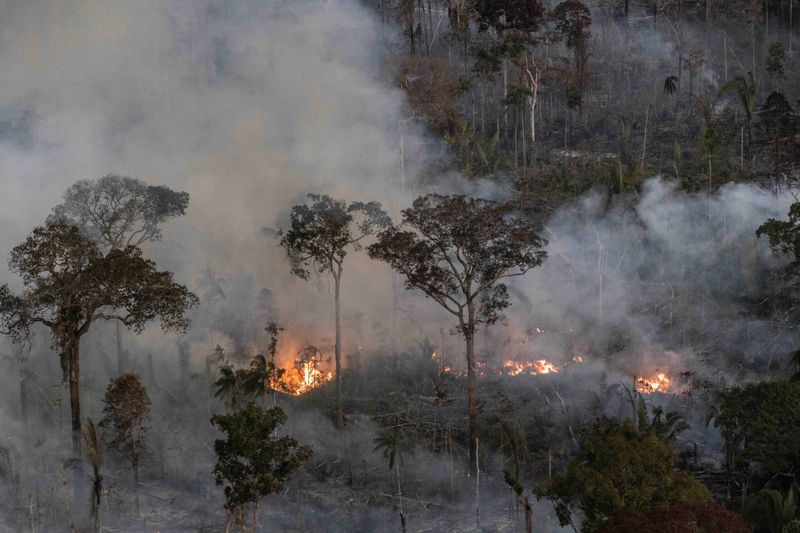
Mastodons were natural firefighters! By consuming tons of understory vegetation, they removed potential fuel that would otherwise feed forest fires.
Their browsing created natural firebreaks throughout the landscape. Without this vegetation management, modern forests accumulate more flammable material. Research suggests fire frequency and intensity likely changed after mastodon extinction, altering forest composition further.
11. Regrowth Cycles Were Disrupted
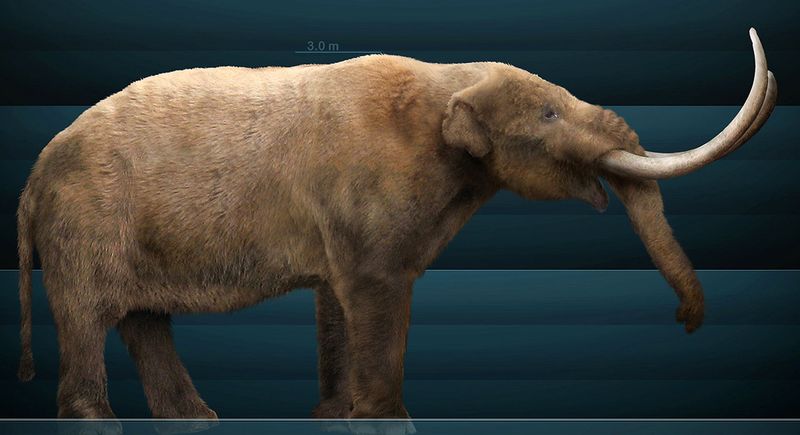
Forests need disturbance to stay healthy. Mastodons provided this by knocking over small trees and breaking branches, creating canopy gaps where sunlight could reach.
These gaps triggered regeneration cycles critical for forest renewal. Modern forests experience fewer of these small-scale disturbances. The result is a more uniform canopy age and fewer opportunities for light-loving species to establish themselves.
12. Modern Forests Still Echo Their Absence
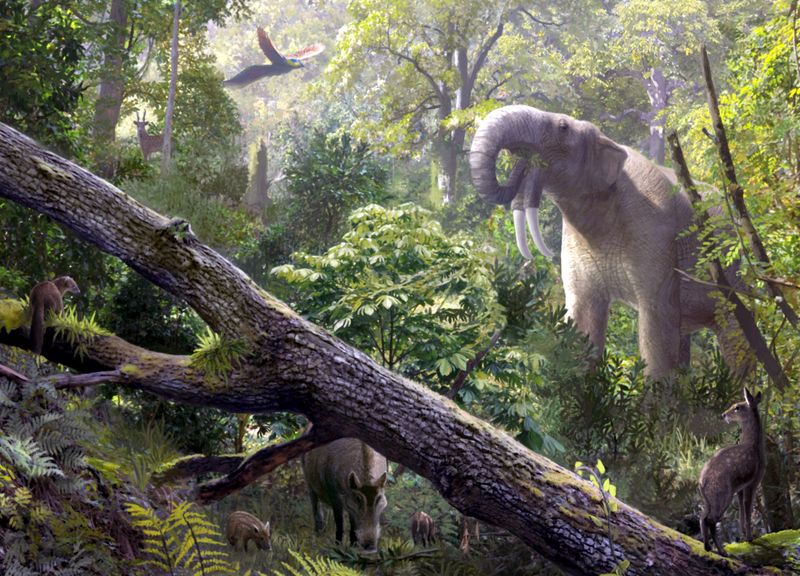
Ecological memory runs deep in South American forests. The ghosts of mastodons linger in strange fruit adaptations and oddly distributed tree populations that make little sense without their former partners.
Scientists call this an “ecological anachronism” – features evolved for conditions that no longer exist. The next time you eat an avocado, remember you’re enjoying a fruit designed for a creature that vanished thousands of years ago.



